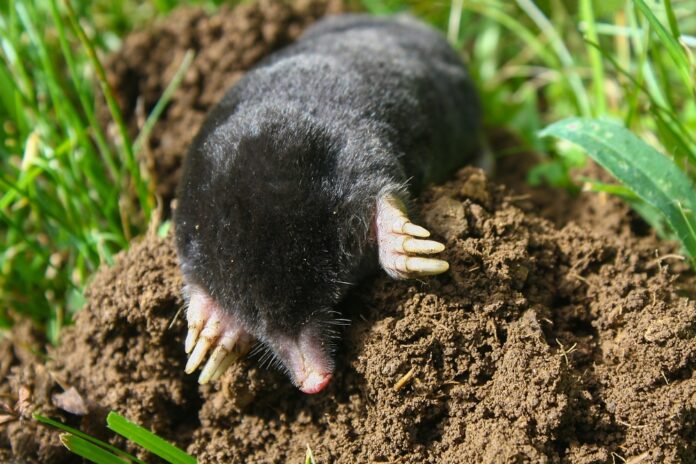The UK’s biggest operator took its inspiraction from burrowing insects and mamals, plus space exploration, aerospace and medicine.
BT is opening a robotics research facility at BT Labs in Suffolk, England. The aim, it says, is to place the UK at the forefront of robotics development for telecoms and civil engineering.
The plan is to develop robotics to speed the deployment of infrastructure, working with universities and other utilities to trial robotics that could be deployed worldwide.
This includes addressing problems like how to clear blocked ducts, mend collapsed ducts and install new fibre network infrastructure without incurring the cost and delays that come with digging up roads and pavements.
Mammals and insects
New robotic locomotion and excavation techniques inspired by digging and burrowing mammals and insects, coupled with the latest technologies developed for space exploration, aerospace and medical applications are showing real promise for delivering so-called ‘trenchless’ infrastructure deployment.
Magnetic, climbing and cable-traversing robotic techniques are also maturing, enabling proof-of-concept trials on wireless tower and overhead cable poles.
It is expected that the test lab will play an important role in supporting BT’s fibre programme, as well as facilitating collaboration with other utilities such as power and water companies as they roll out and update their underground and overhead networks.
The facility emulates three different types of environments for testing:
• Underground – test beds that can be filled with different soil and aggregate types to replicate the terrain that creates challenges for laying ducts and fibre across the country. The compaction, moisture content and stone content can all be controlled within these environments to test the ability of robots to dig pathways for ducts or direct-in-ground fibre.
The test beds will also provide environments for fibre sensing and robotics steering tests.
• In-duct – pipe stands are used at the facility to construct duct runs, using specially manufactured transparent versions of BT ducts. This enables replication of the scenarios whereby a duct collapses or becomes blocked with silt build up.
• Overhead environments – the facility holds a full height telegraph pole, with platform access to allow different pole-top fixtures to be fitted. This creates opportunities to test robots that can lift tools, equipment or cable to the top of a pole.
Cables can be run to another pole to provide a single 35m span for development of cable-car-like devices for pulling in new cables or dealing with tree canopies that could damage an existing cable. A series of shorter posts provides a ‘pole-transit’ testbed for developing other cable-travelling devices.
Professor Tim Whitley, BT’s MD of Research, said, “The UK is a hotbed of civil engineering innovation, with a thriving university ecosystem and an enviable robotics startup sector. Our aim is to bring those players together in a dedicated facility to develop solutions that make the UK a world leader in telecoms civil engineering robotics.
“The lab will provide a hub for the creation of solutions to real world challenges and pioneering applications of robots, reinforcing the UK’s position at the heart of research and innovation into advanced technologies.”


